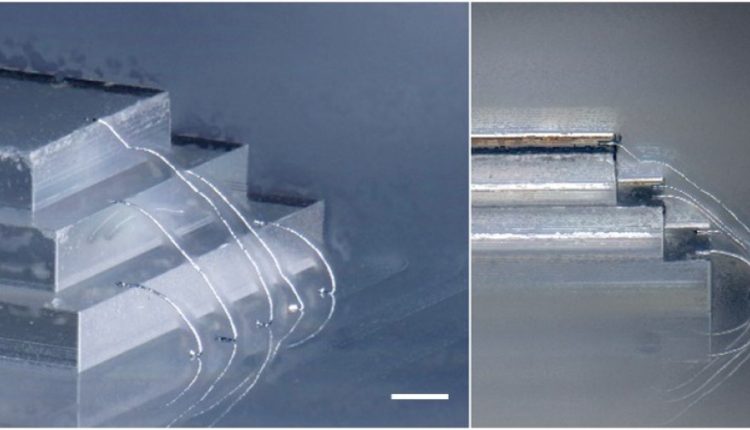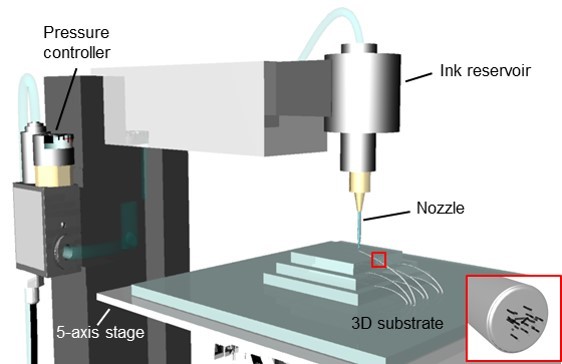
Smartwatches are cool, for sure. They give the wearer access to almost the same functionality as a smartphone and fitness tracker, combined, all in a device that fits comfortably on your wrist. Or not so comfortably.
One drawback to current wearables is they don’t bend and stretch to feel like a second skin. Not only are they somewhat uncomfortable, but the lack of flexibility makes it harder for the wearable to gather accurate bio measurements to report things like heart rate, calories burned, or quality of sleep to the wearer.
A joint research team led by Prof. Jang-Ung Park at the Center for Nanomedicine within the Institute for Basic Science (IBS) in Daejeon, South Korea, and Prof. Chang Young Lee at the Ulsan National Institute of Science and Technology (UNIST) in Ulsan, South Korea has devised fully-transformable electrode materials with high electric conductivity. This super-thin, 5 micrometers in diameter composite promises to add comfort and functionality to next-generation wearable devices by enabling ever-slimmer 3D interconnects.
The research team used liquid metals (LM) as the main substrate since LMs are highly stretchable and have relatively high conductivities, similar to solid metals. To improve the mechanical stability of the metal liquid, carbon nanotubes (CNT) were dispersed uniformly through a platinum mixer.
The study also demonstrated a new interconnection technology that can form a highly conductive 3D structure at room temperature, with no heating or compression required. The soft and stretchable nature of the new electrode allows it to fit through a fine-diameter nozzle for easier 3D printing.

“The wire bonding technology used in existing electronic devices forms interconnects using heat, pressure, or ultrasonic waves that can damage soft, skin-like devices. They have been a great challenge in the manufacturing process of high-performance electronic devices,” Park said. He noted that the pointed nozzle also allows reshaping of the preprinted pattern into various 3D structures. The electrodes work like a “switch” to turn on and off the power.
The technology should enable the creation of more integrated, flexible and stretchable semiconductor components not just in wearables, but in smartphones and computers.
Source: Institute for Basic Science
